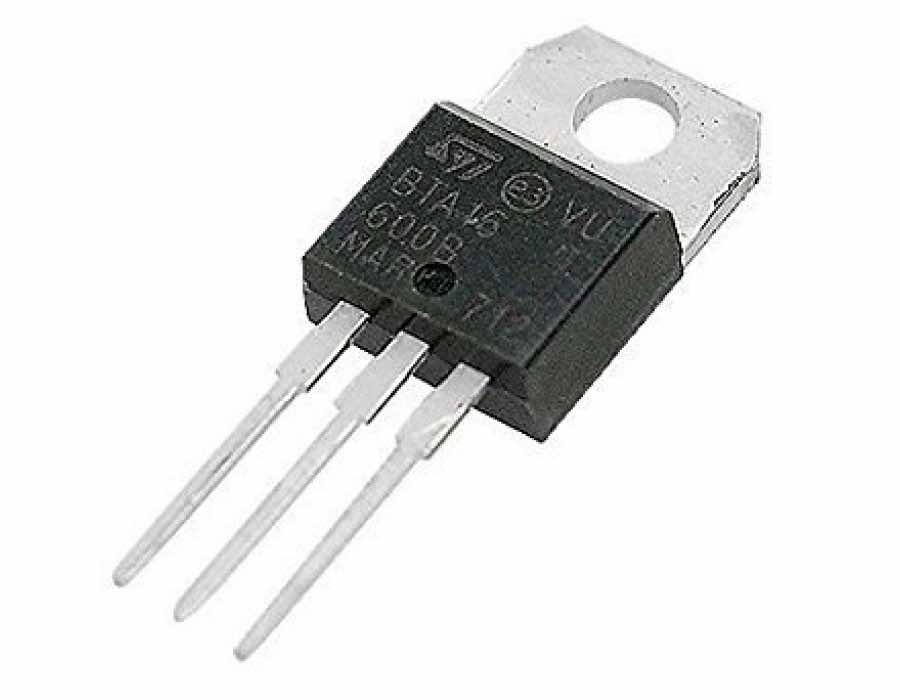According to recent research, a “bioelectronic tongue” is being worked on by scientists from Korea’s Seoul University. Food that seems sweet to someone may seem very sweet to another person. So the question arises, how do the food and beverage companies objectively determine just how sweet something actually is? According to experiments, one solution lies in the development of the “Bioelectronic tongue”.
Panels of human taste-testers are utilized to assess the sweetness and other such factors related to food and beverages. While such groups may reach an overall agreement on whether or not something is either too sweet or not sweet enough, the assessment ends up being highly subjective.

As far as the sweet taste reception of the tongue is concerned, the human tongue has sweet taste receptors with two complex structures that bind to form compounds such as sugars. The outermost portion of one of these structures is known as the Venus Flytrap domain. A single section of one of the two sweetness-sensitive areas interacts with sugars and other sweet compounds. Its molecular structure resembles the folding leaves of the namesake carnivorous plant.
Tai Hyun Park and Seunghun Hong, scientists from Korea’s Seoul National University began by utilizing bacteria to generate copies of the Venus flytrap domain. These replicas were deposited in a thin layer on multiple gold electrodes, linked together via carbon nanotubes. Such a device is known as a “field-effect transistor“.

When the sugar solution or the artificial sweetener saccharin was applied to this device, an electric current running through it dropped down in a consistent manner. Actually, the greater concentration of sucrose or saccharin involved a greater drop in current. Moreover, the device, a “field-effect transistor” did not react when exposed to a tasteless sugar, cellobiose.
The sweetness of some drinks like apple juice and sucrose-sweetened chamomile tea has already been assessed by the usage of the prototype bioelectronic tongue.


